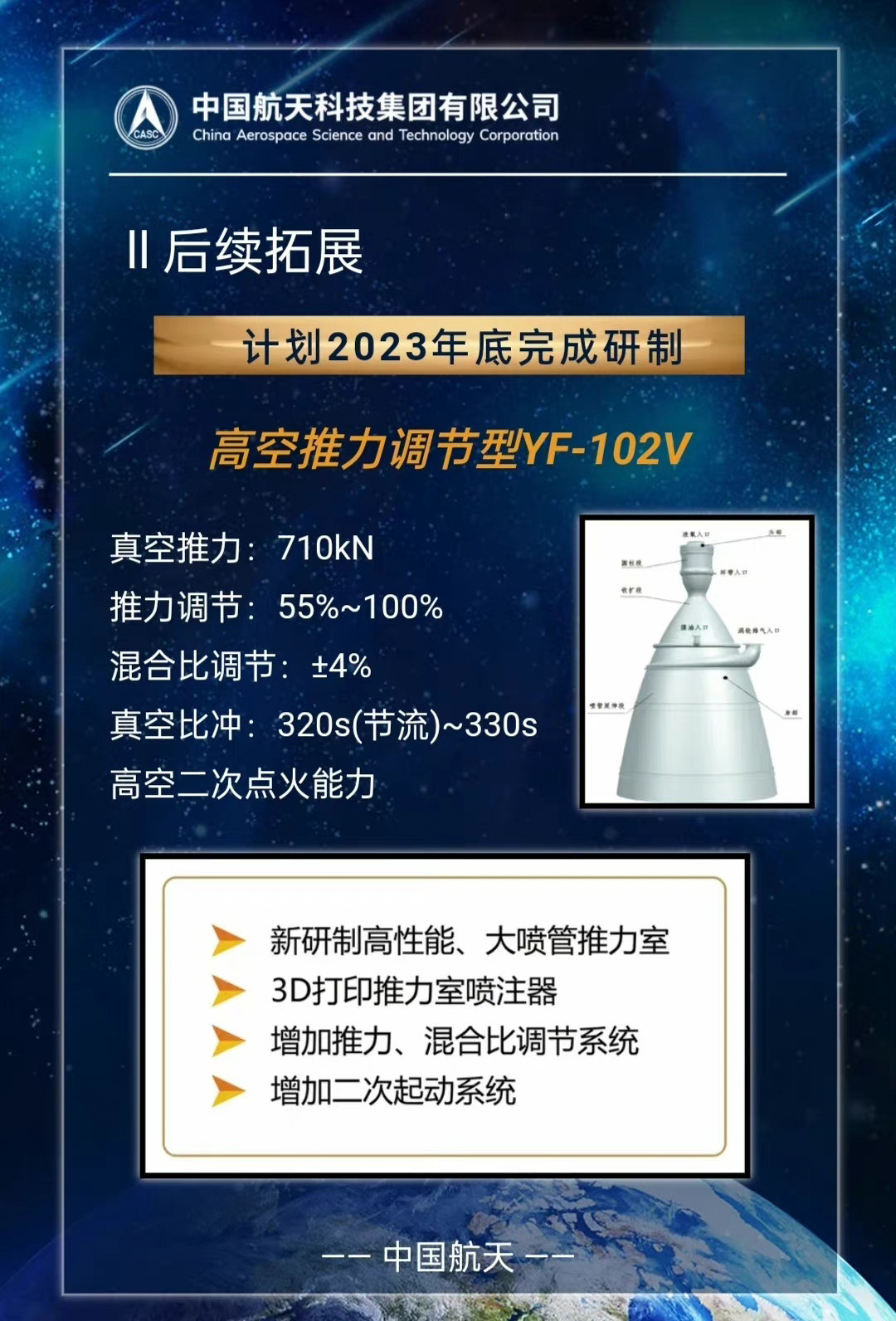Actually it is quite common for the colors to be like that. Rockets and spacecraft typically either are kept bare metal/composite or painted. White is quite common as paint in most cases since it is reflective. And black coatings are typically used close to engines. If you paint them white, then the engine exhaust will smoke them over and it will look dirty.
You could change the shape. The capsule does not need to have that kind of shape. But designing a new shape requires extensive wind tunnel testing, which I doubt a small private company has good access to. This is not a subsonic or supersonic wind tunnel. This is a Mach 20+ tunnel. US company Sierra Nevada Corporation also copied the Soviet BOR-4 spacecraft design to make the Dreamchaser spacecraft. Yet that does not seem to be an issue.
It can take many years to develop a new airframe design for atmosphere reentry regime. About as much as to make an engine. Like 5-10 years. A capsule is easier. But the Dragon-2 is not exactly a traditional capsule design. It is somewhere in between a traditional capsule and a winged reentry vehicle.
You could change the shape. The capsule does not need to have that kind of shape. But designing a new shape requires extensive wind tunnel testing, which I doubt a small private company has good access to. This is not a subsonic or supersonic wind tunnel. This is a Mach 20+ tunnel. US company Sierra Nevada Corporation also copied the Soviet BOR-4 spacecraft design to make the Dreamchaser spacecraft. Yet that does not seem to be an issue.
It can take many years to develop a new airframe design for atmosphere reentry regime. About as much as to make an engine. Like 5-10 years. A capsule is easier. But the Dragon-2 is not exactly a traditional capsule design. It is somewhere in between a traditional capsule and a winged reentry vehicle.
Last edited:



